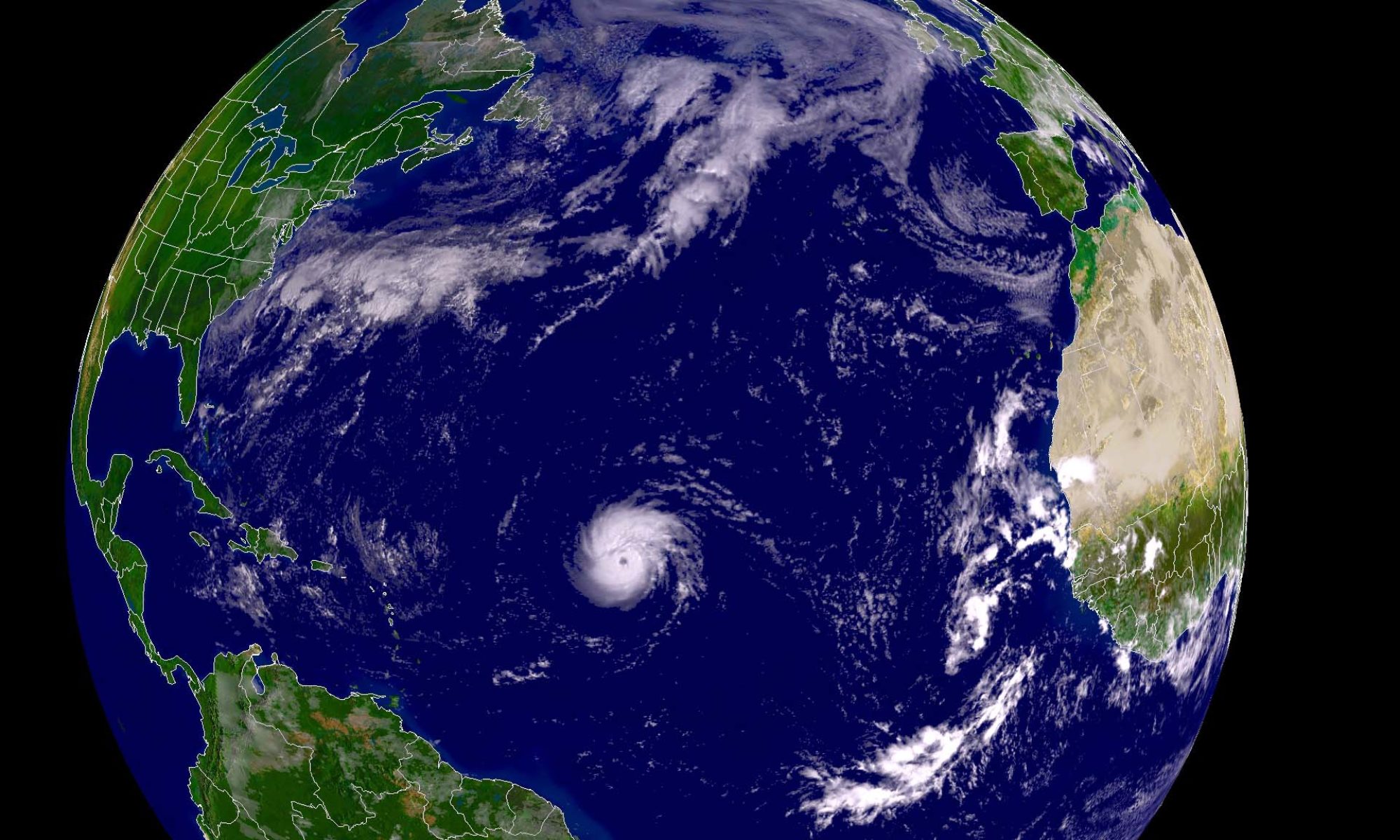
The UN published a report (read summary here in the Guardian) that cities are growing and their inequalities are growing with them. Now over half of the human race lives in cities and that trend is not predicted to change. The cities are not growing equally, however, and become more fragmented and unjust with growth. The UN report finds that race is a crucial factor regarding equality in the US and Canada. Many US cities such as New York and Atlanta ranked as equally as high for inequity as did Nairobi. Racial inequality in cities stems from trickle-down theories and creates social tensions that lead to violence, political fractures, and over all destabilizes the society.
Most migration has been from rural areas to cities, thus creating mega cities such as Mexico City, Mumbai, Sao Paulo and Delhi. This migration has left rural areas weak without working-age men and little room for development, economically or communally. Flooding into the cities, migrants have created slums around the outside of the cities in an urban cone, such as El Alto adjacent to La Paz in Bolivia, or the favelas of Rio de Janeiro. These informal homes have shaken the economies and infrastructures of the cities that they surround. The governments can’t account for their activities nor govern them effectively. Poverty is the defining factor of these shanty-towns and from it stems a multitude of social problems. Cities are ruining themselves with their inequity and social divisions.
Paradoxically, as many cities have been facing the dilemmas of population growth, others are dealing with its converse. Some cities, such as Rio de Janeiro, have been hurt by loss of population, as many of its inhabitants move to other cities. The UN identifies a shift in migration trends from rural-urban to urban-urban in the coming years. People are leaving cities because of violence, poor environmental regulations, resource squandering, corruption, and a general lack of infrastructure and planning. These are all issues that stem from inequity, and so the UN is right in identifying race as one of the primary factors of inequity.
Cities are facing the challenge of population growth—a global problem whose consequences are now being identified on myriad levels. These problems: climate change, violence, lack of water, pollution, et cetera, that are neatly packaged into separate boxes for the United Nations and ten million NGOs/non-profits to deal with are in fact not separate at all. They are connected on such a fundamental level that any change in any one affects the others instantaneously. We need a holistic approach that really reaches for the core of the problem, which is one of accounting, really. We have constructed our society in such a way over the last two hundred years that we do not take into account all that matters. Our cost-benefit analyses are skewed immensely. They have always been so far off for not including the environment, or spatial justice, or community-based knowledge that the ramifications for living how we do are enormous. Governments of all sizes need to understand, as many of the smaller ones do, the importance of tradition, our natural environment, resource use, and the limits of our ecological system over time.
Only then can practical change be made where we are improving our situation instead of floating without purpose on the surface.

Content is beneficial to me thanks.